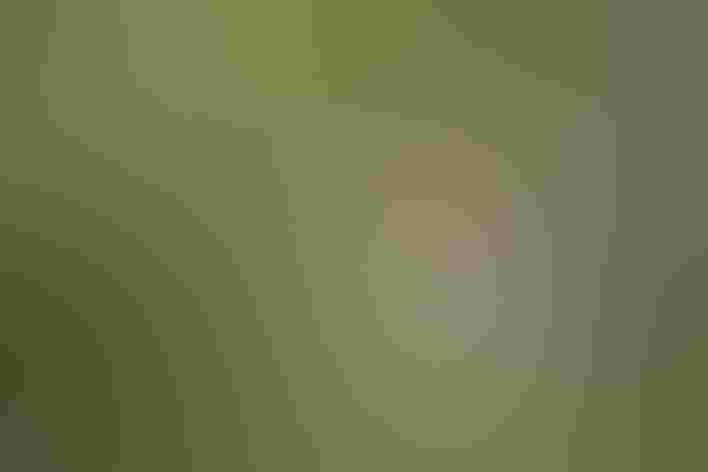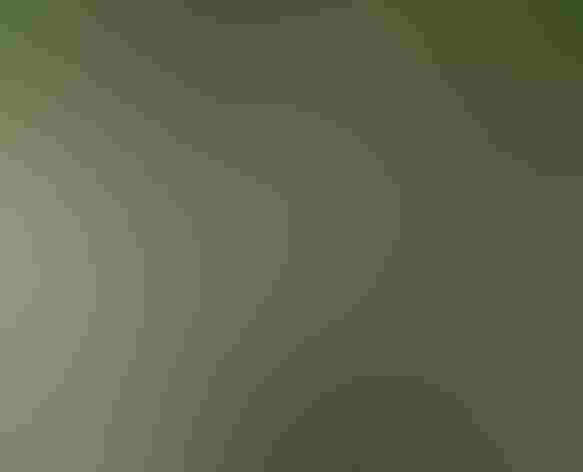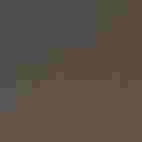Hermit Thrush
At a Glance
A more hardy bird than the other brown-backed thrushes, the Hermit migrates north earlier in spring and lingers later in fall than the others; it is the only one likely to be seen in winter in North America. If startled from the ground in the forest interior it often perches low and stares at the observer, flicking its wings nervously and slowly raising and lowering its tail. In summer, its clear, pensive song is heard in forests of the mountains and the north.
All bird guide text and rangemaps adapted from Lives of North American Birds by Kenn Kaufman© 1996, used by permission of Houghton Mifflin Harcourt Publishing Company. All rights reserved.
Category
Perching Birds, Thrushes
IUCN Status
Least Concern
Habitat
Arroyos and Canyons, Forests and Woodlands, High Mountains, Saltwater Wetlands, Shrublands, Savannas, and Thickets, Tundra and Boreal Habitats
Region
Alaska and The North, California, Eastern Canada, Florida, Great Lakes, Mid Atlantic, New England, Northwest, Plains, Rocky Mountains, Southeast, Southwest, Texas, Western Canada
Behavior
Direct Flight
Population
72.000.000
Range & Identification
Migration & Range Maps
Migrates early in spring and late in fall; very little overlap in timing of migration with the other brown thrushes. Probably migrates mostly at night.
Description
6 1/2 -7 1/2" (17-19 cm). Red-brown tail contrasts with duller brown back, a good distinction from other brown thrushes. Overall color varies. Usually shows a strong eye-ring, so sometimes confused with Swainson's Thrush. Fox Sparrow, also reddish tailed, has very different bill shape and face pattern.
Size
About the size of a Robin, About the size of a Sparrow
Color
Black, Brown, Gray, Red, Tan, White
Tail Shape
Notched, Rounded, Square-tipped
Songs and Calls
Series of clear, musical phrases, each on a different pitch, consisting of a piping introductory note and a reedy tremolo. Call note a low tuck.
Call Pattern
Flat, Rising, Undulating
Call Type
Flute, Trill, Whistle
Habitat
Conifer or mixed woods, forest floor; in winter, woods, thickets, parks. Breeding habitats vary in different regions; included are spruce woods, sphagnum bogs, dry pine woods, second growth in burns with standing dead trees, thickly wooded canyons, mountain forests of spruce and fir. In migration and winter found in any kind of woodland.
Sign up for Audubon's newsletter to learn more about birds like the Hermit Thrush
Behavior
Eggs
4, sometimes 3-5, rarely 6. Pale blue or greenish blue, occasionally flecked with brown or black. Incubation is by female, about 12 days.
Young
Both parents feed nestlings. Young are ready to fly at about 12 days. Usually 1-2 broods per year, perhaps sometimes 3 in south.
Feeding Behavior
Does much foraging on ground, picking up insects from leaf-litter or soil; also feeds up in shrubs and trees, often hovering momentarily while grabbing an insect or berry.
Diet
Mostly insects and berries. Feeds on a variety of insects, including beetles, ants, caterpillars, true bugs, grasshoppers, crickets, and many others; also spiders, earthworms, rarely small salamanders. Also eats many berries, especially in winter; diet includes elderberries, pokeberries, serviceberries, grapes, mistletoe berries, and many others.
Nesting
Male defends nesting territory by singing, especially in morning and evening. Nest site for nest varies with region. To the east and north, often on the ground, in a natural hollow on the side of a hummock and well hidden by overhanging branches or surrounding low vegetation. To the west, usually in a tree, especially a conifer, 3–12' above the ground. Nest (built by female alone) is a bulky, well made open cup of moss, weeds, twigs, bark strips, ferns, lined with softer materials such as pine needles, rootlets, and plant fibers.
Conservation
Conservation Status
Numbers seem to be holding up well. Winters farther north than other brown thrushes, less dependent on tropical forest for wintering.
Climate Threats Facing the Hermit Thrush
Choose a temperature scenario below to see which threats will affect this species as warming increases. The same climate change-driven threats that put birds at risk will affect other wildlife and people, too.







